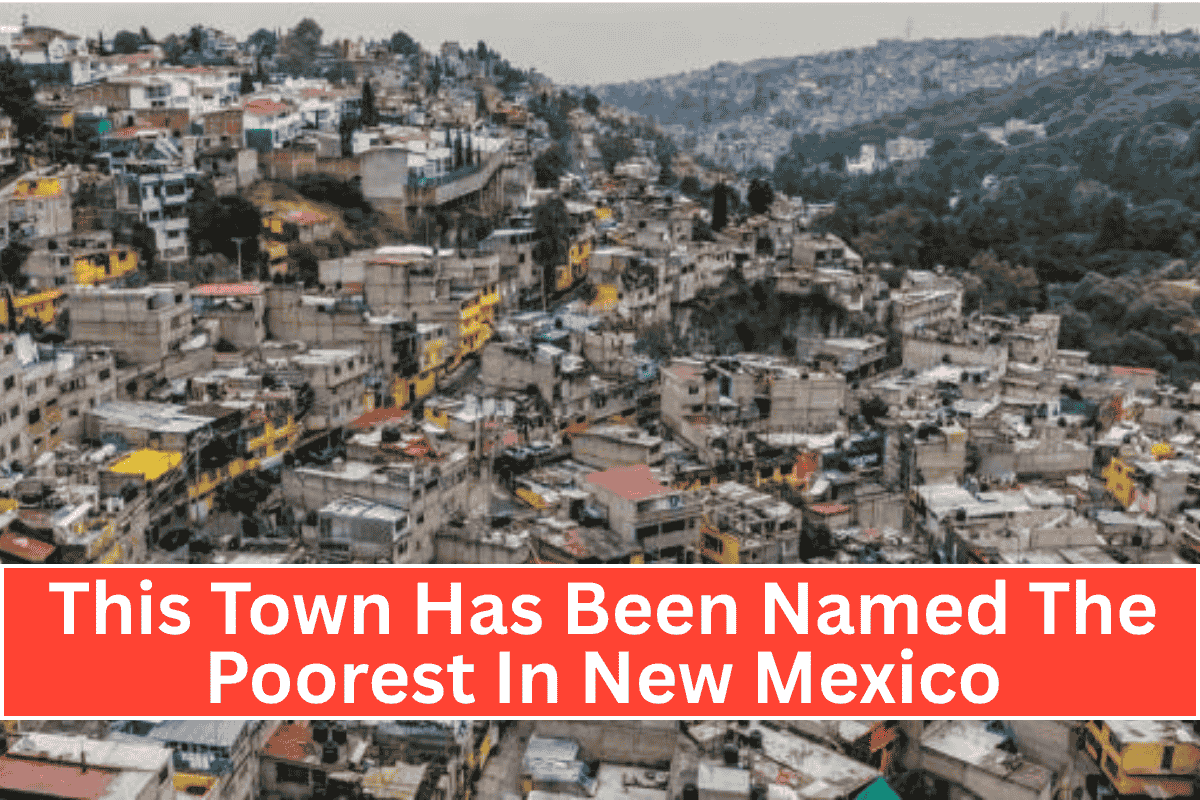New Mexico, historically plagued by poverty, has long been home to communities struggling to make ends meet. A recent scene in Albuquerque’s state fairgrounds, where thousands of families lined up for food distribution a week before Christmas, highlights the ongoing challenges.
Despite this, positive changes to state tax policy have begun to soften the impact of poverty. Over the past decade, poverty in New Mexico has gradually decreased, largely due to state lawmakers’ significant tax reforms and expanded government benefits aimed at aiding low-income residents.
The Problem of Poverty in New Mexico
New Mexico has had one of the highest poverty rates in the country for years. According to the U.S. Census data from 2013 to 2015, 22% of the state’s population lived below the official poverty line, and a staggering 17.1% were below the “supplemental” poverty line.
This measure accounts for the cost of living and government benefits like food assistance, making it a more accurate reflection of people’s real economic conditions.
However, this situation has changed. The poverty rate in New Mexico has dropped significantly in recent years, especially when accounting for government aid. By 2023, the supplemental poverty rate had decreased by over one-third, now standing at 10.9%—a decline of 120,000 people who no longer experience poverty.
These improvements come despite the struggles of many residents who still struggle with high housing costs, low wages, and economic instability.
Tax Reforms That Made a Difference
A key reason for this progress is the transformation of New Mexico’s tax system. The state had one of the most regressive tax structures in the country, where the poor paid a larger share of their income in taxes compared to the wealthy.
However, in recent years, lawmakers have worked to make the tax system more progressive, meaning that the wealthiest now pay a larger share of their income, while low-income residents pay less.
The changes began in 2018 with the introduction of expanded tax credits aimed at providing relief to low-income working families. Lawmakers increased the value of the Working Families Tax Credit, a measure that puts hundreds of millions of dollars back into the pockets of working families annually.
Other initiatives followed, such as the introduction of a Child Tax Credit (which is refundable, meaning even those who don’t owe taxes get money), exemptions on Social Security income, and the establishment of early childhood education as a constitutional right.
As a result of these changes, New Mexico has dramatically improved its tax rankings. According to the Institute on Taxation and Economic Policy, by 2024, New Mexico’s tax structure will be the 8th most progressive in the nation, a significant jump from 33rd place in 2015. The poorest 20% of New Mexicans now pay less of their income in taxes than any other group.
The Role of Government Benefits
Many experts agree that government benefits, such as the Working Families Tax Credit, Low-Income Comprehensive Tax Rebate, and Child Tax Credit, have had a profound impact on reducing poverty.
According to Danielle Wilson, a researcher at Columbia University, without these policies, poverty in New Mexico would have been about 25% higher in 2022. These tax credits and rebates have provided crucial financial support to families who were once struggling to make ends meet.
However, while the impact of these policies is significant, they haven’t been able to address all the systemic issues contributing to poverty.
In a 2023 report, the Legislative Finance Committee downplayed the importance of government benefits in lifting families out of poverty, arguing that benefits alone do not provide long-term solutions.
Instead, they emphasize education and job training programs to increase labor force participation, which still lags behind national averages.
Local Struggles Persist
Despite these positive shifts in policy, many New Mexicans, like Kim Obregon—a small business owner and mother of seven—still struggle with poverty. Obregon makes less than $30,000 a year, about half the state’s median household income.
She has benefitted from some of the state’s tax credits but remains unsure of how much of an impact these benefits have had on her day-to-day life.
Obregon’s challenges go beyond income: she faces rising housing costs, with the price of homes in New Mexico increasing by 56% in the last five years.
She also deals with crime in her neighborhood, which has cost her money in damage to her delivery vehicle and business. Even with all the benefits provided by the state, the rising cost of living continues to strain her ability to make ends meet.
A Long Road Ahead
Despite these challenges, Speaker Javier Martinez remains focused on combating poverty in New Mexico. He acknowledges that while recent policy changes have made a difference, the battle against poverty is far from over.
In 2023, Martinez championed the Baby Bonds program, which aims to create savings accounts for all New Mexicans at birth, and a proposed paid family and medical leave program. These initiatives aim to help families in the state who are still struggling and ensure that progress continues.
“The work is not done,” said Martinez. “As long as I’m Speaker, tackling poverty will remain a top priority for me.”
While poverty remains a serious issue in New Mexico, recent changes in state tax policy and benefits have helped thousands of residents. The state’s shift to a more progressive tax structure, combined with expanded tax credits and government benefits, has resulted in a significant decline in poverty rates.
However, as seen through the struggles of individuals like Kim Obregon, much more needs to be done to address the challenges of rising housing costs, job insecurity, and economic instability.
New Mexico is on the right track, but lawmakers, advocates, and residents must continue to push for solutions that address the root causes of poverty in the state.












